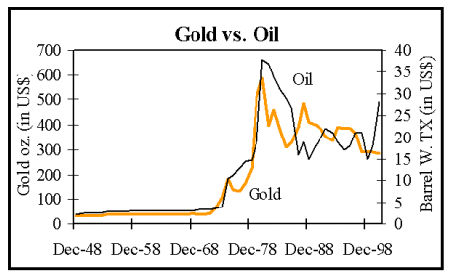If you look at the news head line of Sunday Times recently, it said that “RM40 billion unclaimed cash and assets left by the dead”. To all, it is just a whopping figure. However to the families and children concerned, it is the much needed money they need to support the family and their children’s education. They have been struggling for years to get the money from the authority and many of them still unable to acquire their fair shares. All these are attributed to the fact that most of their family members die without leaving a will.

Though the deceased may have left lots of cash and property, the family members can not get their hands on them if there is no will.
Do You Still Think Will Writing Only for Rich People ?
The Answer: You should not be by now !
Many people have the perception that I do not need a will, I have no asset – the Will is only for Rich People with lots of assets. This is not true. Will is for everyone – especially for those who love and care for their loved one.
When a person makes a will, it allows the testator (will maker) to distribute the estate according to the person’s wishes. It will reduce the likelihood of a prolonged estate administration case because if a person died intestate (without a will) the process of getting the courts to provide a Letter of Administration could take years, averagely about 5 years. Besides, with a valid will, it helps to prevent family disputes over rights of ownership to the estate, and allows for the appointment of guardians of our own choice for our minor children.

We have been working hard to build up our wealth so that we could provide a good living for our loved one. While we have been putting the investment and protection puzzles into it places, we can not left out the last piece of the financial planning puzzle – Wealth Distribution – Wills & Trust.
Do not procrastinate, start off with a simple will to ensure our hard earned investments are well taken care off.



